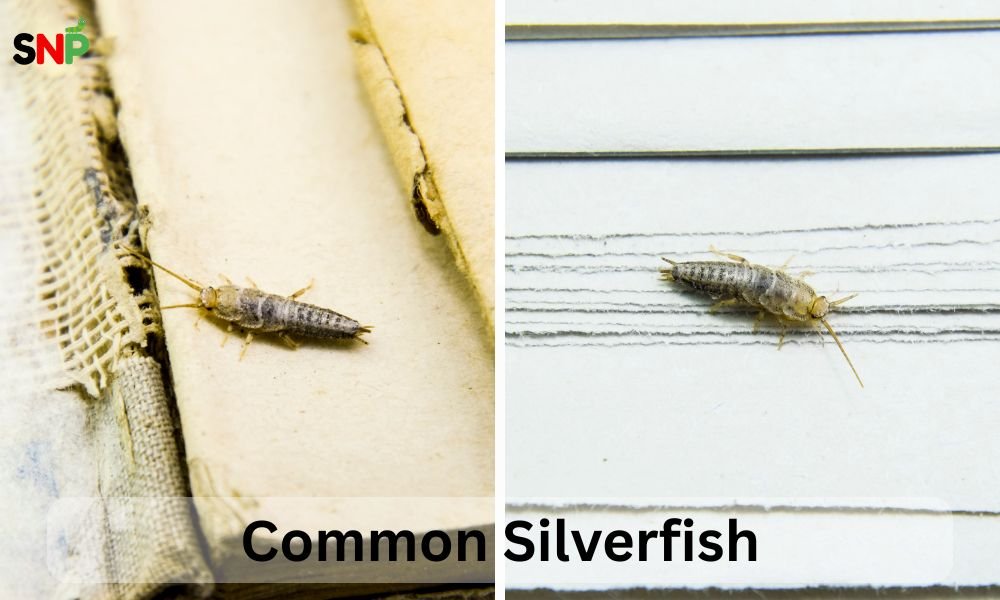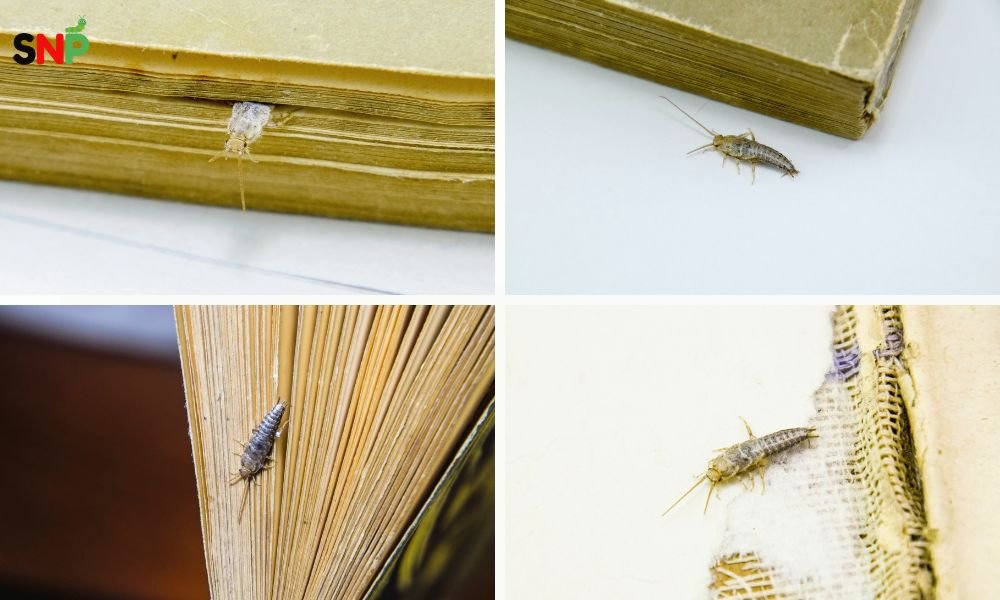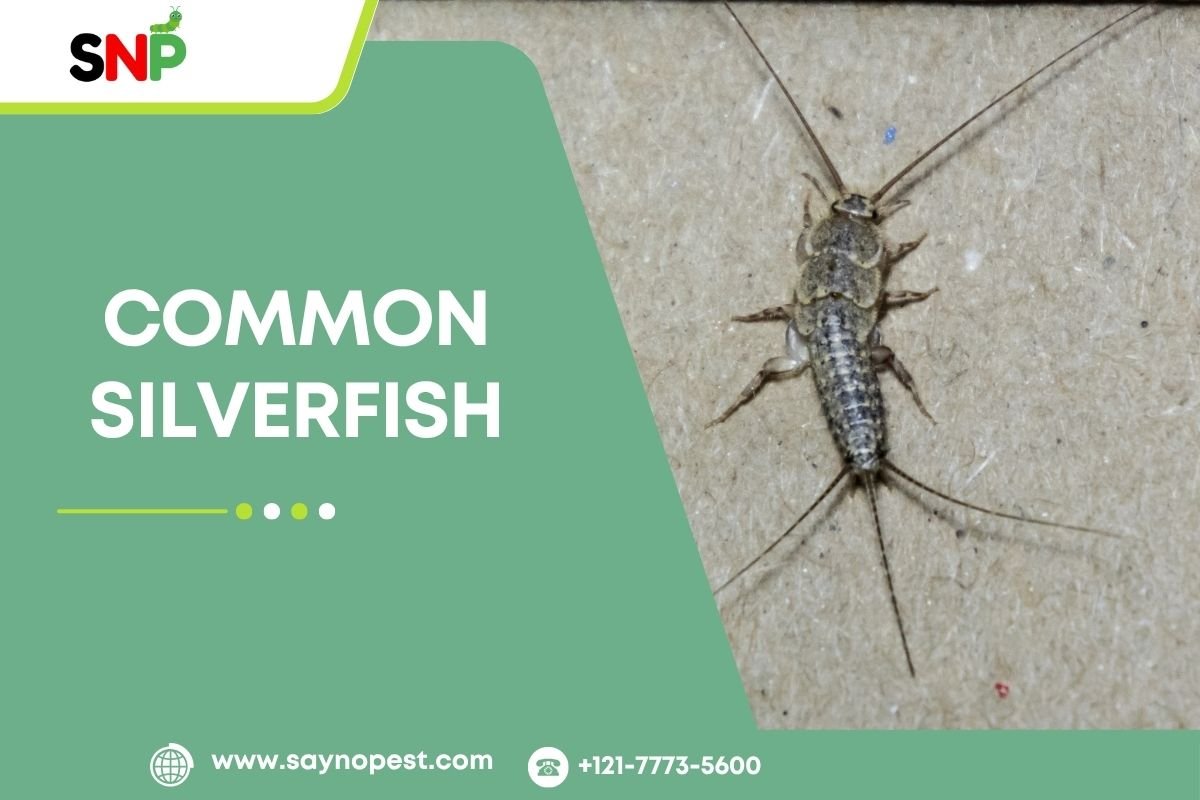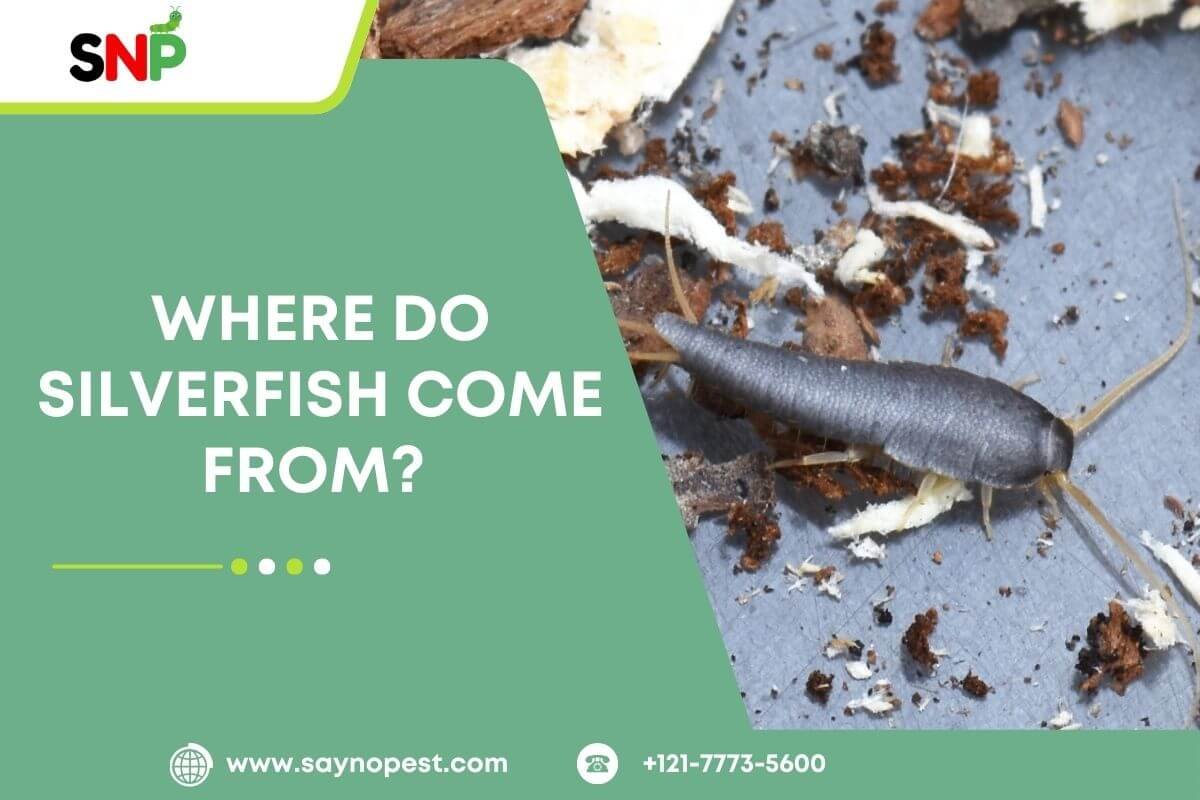Have you ever spotted a small, silvery insect that is moving very fast on your bathroom or in your basement? You most likely have met the Common Silverfish. These insects, which are wingless and ancient, are not only pests—they also can be a danger to you and can indicate that there are problems in your house. Knowing what things attract silverfish, what the silverfish eat, and how to get rid of the silverfish from your house will help a US homeowner to keep their home clean.
Common Silverfish are small pests of a night-active nature that grow to a maximum of 2.5 cm. They have a shining and metallic body, and they move like a fish, which can make them easily identify. Although they don’t harm people with their bites or the diseases they carry, an infestation of silverfish might become a source of it, as the damage to books, papers, clothes, and food supplies can be caused by them.
What Attracts Silverfish

First, let’s figure out what to focus on in order to prevent a silverfish infestation, namely, to understand what attracts silverfish to your home. Such a pest is coming after:
- Moisture: High humidity is the best attractant for Common Silverfish. They become very successful in the case of a humidity level that is more than 75%, and such places as bathrooms, basements, kitchens, and laundry rooms are the most favorable for silverfish to reproduce and multiply.
- Warm, Dark Spaces: Common Silverfish are fond of a temperature which ranges from 70 to 90°F and are always on their quest for dark, quiet spots like closets, attics, and storage boxes where they can be undisturbed.
- Clutter: Cardboard boxes, paper stacks, and clothing piles not only serve as food but also as shelter, thus creating a double effect that significantly raises the probability of a silverfish infestation in your home.
If you have questions about what lures silverfish at your place, then you have to look out for leaks, wet surfaces, and mess in the house. Getting rid of these attractants is very important in the control of a silverfish invasion.
What Do Silverfish Eat
Another important point in dealing with these pests is certainly being aware of what do silverfish eat. Common Silverfish have a rather extensive diet, which is the main reason for them to be see everywhere around the house:
- Carbohydrates and Starches: The foods they like best include flour, cereals, oats and anything that has starch including wallpaper paste, book covers and cardboard.
- Paper and Glue: The most destructive to texts, to the various classes of paper used to write on, and even to wall papers, are the Common Silverfish, as they feed on the glue and starches which are employed in these substances.
- Protein: Apart from carbs, Common Silverfish will eat dried meat, dead insects, and even certain fabrics like cotton and silk.
Being aware what do silverfish eat is the way to find the spot of a silverfish infestation and then get rid of it by removing its food source.
How to Get Rid of Common Silverfish

Getting rid of a silverfish infestation involves multiple actions. Therefore, here are stages after stages to be follow to accomplish the removal and the prevention of the presence of Common Silverfish at your residence:
Reduce Moisture
Seal up the leaks, use a dehumidifier and also ensure that there is good ventilation in the bathroom, basement and kitchen areas. Among the most effective ways of making your home uninviting to Common Silverfish is keeping the humidity down
Eliminate Food Sources
Food should stored in airtight containers, keep books and papers off the floor, and avoid using cardboard boxes for storage. This narrows down to what is no longer attractive to the silverfish and also limits the range of what do silverfish eat.
Declutter
Get rid of unnecessary things and clean storage areas regularly. Less clutter means fewer hiding places and less food for a potential silverfish infestation.
Traps and Natural Repellents
Set sticky traps, glass jar traps (with the outside taped), or use natural repellents like cedar oil and bay leaves to catch or drive away Common Silverfish.
Vacuum Regularly
Regularly vacuuming, especially in cracks, crevices and along baseboards, will help get rid of eggs and will reduce the number of Common Silverfish in the house.
Professional Help
If a silverfish invasion is common and high, it is advise to contact a pest control expert, as they know how to remove them easily.
By focusing on these tips, you can remove and reduce the silverfish infestation very easily.
Conclusion
Small as they may be, the Common Silverfish can cause big troubles once their presence is not controlled. Knowing what silverfish prefer, what do silverfish feed on and taking action in preventing Silverfish to dwell by making the environment an unfriendly territory to these Silverfish pests is the best defense against an infestation of silverfish. After turning over a few pages and a couple of steps of how to prevent moisture, cluttering, and holding protection over your food and personal items, you can make your house free of these irritating pests and have a better and healthier environment to live.
You have discovered that your house is infested by silverfish or simply feared that you have had a problem; it does not matter any more, you should take a step now in order to protect your house and guarantee future well-being of your family. If you want more information about common silverfish, visit our website, saynopest.com, and get more.



